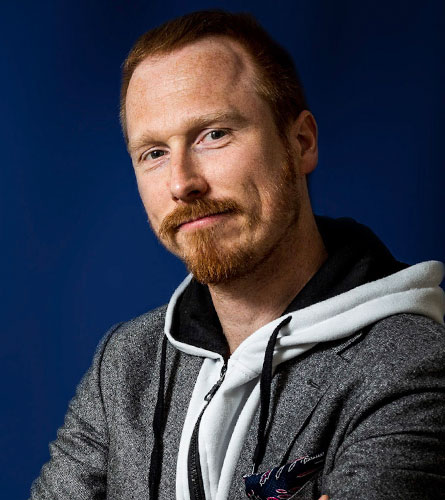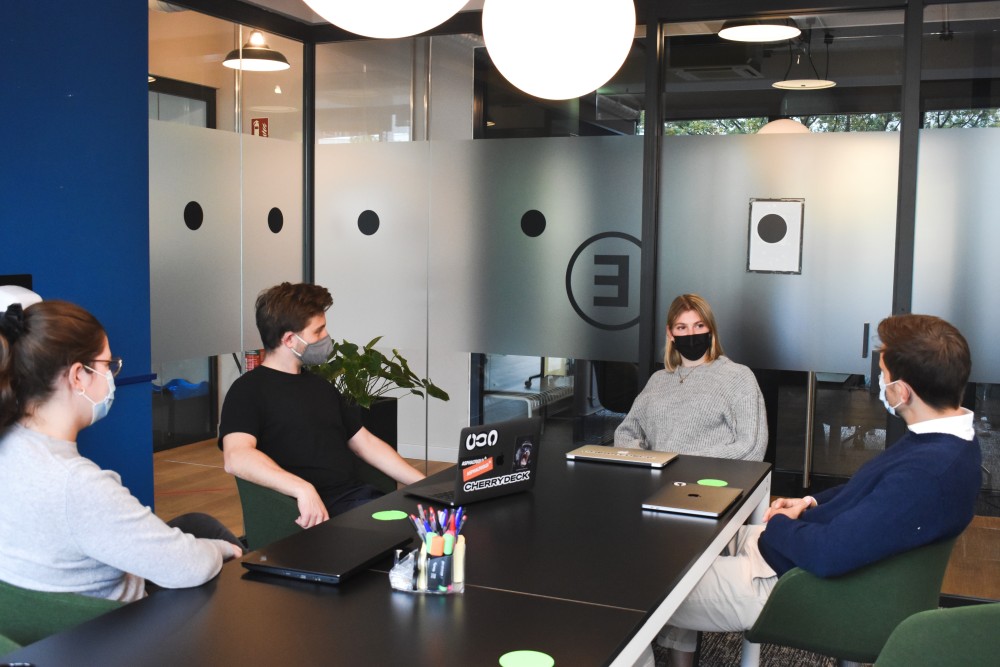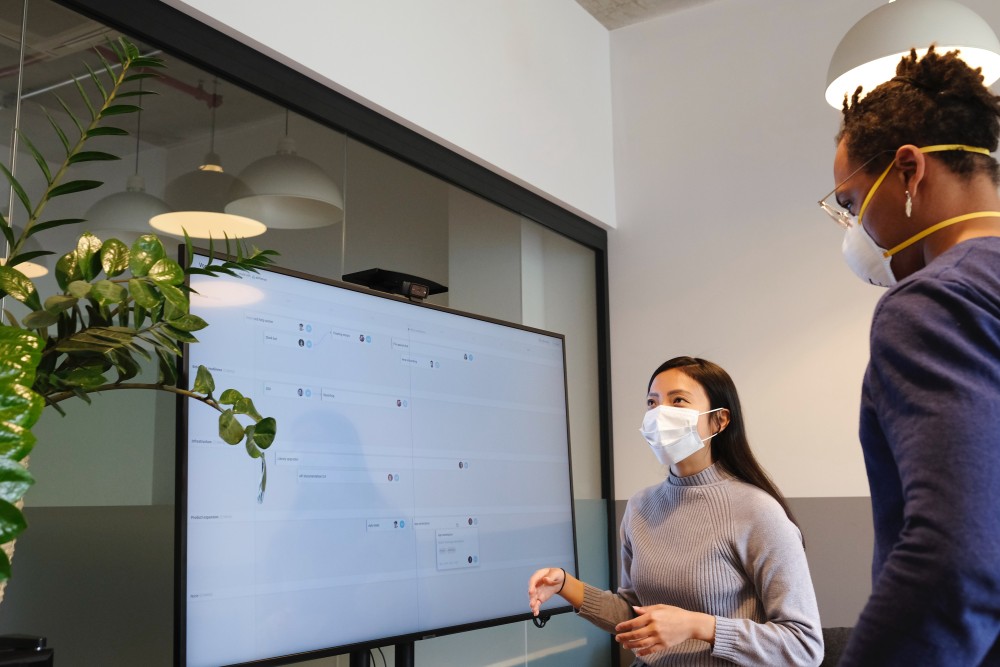People analytics’ mission is to strive to understand employees, their collective strengths and development areas, as well as their output, relative effort and morale involved. More importantly, it should be leading your COVID response or back-to-work plans. If this is not the case, something has gone wrong, says Mark Hayton, Global Lead – Organization Development Analytics at Nokia. Below, Mark explains what questions about an organisation’s people and their capabilities should be the focus of every People Analytics department. He also shares glimpses of HR’s transformation in the near future.
Mark Hayton will be speaking at the NPA Summit on The role of People Analytics in onboarding a new CEO and hosting a Masterclass on Building a People Analytics Function.
Learn more about the Nordic People Analytics Summit
Hyperight: Hi Mark, welcome back to the Nordic People Analytics Summit. Our audience surely knows you from NPA Summit 2019, but just as a short intro, could you please tell us a bit more about yourself, your background and your role at Nokia.


Mark Hayton: Ok, where should I start. Well, I suppose in terms of relevance, I’ve been in HR for well over a decade and I think I’ve now done every kind of role. So, I have experience from Business Partner, strategic resourcing, employee services, back end core systems and tools, compliance, HR development, workforce strategy and balancing and of course People Analytics.
I think I’m missing compensation, that’s the only one before I’m full-stack. The thing that ties all this together is micro- or behavioural economics, which is what really makes me tick. My role at Nokia is partially in-flux, but this is part of the presentation. At the moment, I’m organizing our People Services approach with analytics, market intelligence and knowledge management.
Hyperight: Your NPA Summit session is on the topic of The role of People Analytics in onboarding a new CEO. Usually, when we talk about people analytics, it’s in the context of how it should be a priority for CEOs and how it can help improve business decisions. How can people analytics help with onboarding a CEO or another chief executive?
Mark Hayton: Well, partly this depends on what you set your analytics department up to do, but before we look at the “how”, let’s consider the “what”. Any People Analytics department should strive to understand employees, their collective strengths and development areas, their current output and the relative effort and morale involved. Every executive will look at the group of people charged with making their business profitable. If we think about how People Analytics can help, I see it very much as putting this knowledge into context, what are our people’s strength, for example in heavily competitive markets, in markets where we lead, in functions where we should support, or indeed in functions where we need to enforce rules.
If your People Analytics actions are not taking a leading role in your COVID response or back-to-work plans, then something has gone wrong.


Hyperight: One big challenge with people analytics is that most companies and HRs end up with short-lived or unsustainable solutions and practices and formalized solutions into a portfolio. Your Masterclass at the NPA Summit will cover this topic in-depth, but could you give us a few pointers as to how companies should start thinking about implementing and understanding their people analytics capabilities?
Mark Hayton: Again, this may depend on the capabilities, so a good first step is to try to understand precisely what capabilities you have. Roughly speaking, they should be in the areas of computer science, statistics or behavioural economics/psychology. Beneath these subjects, there are sub-capabilities, but you should understand what you’re starting with. Once you have this understanding there should be two straightforward goals, first, to produce a regular auditable output that relates to how people in the business contribute to its operating/profitability. Second, you should look to partner and collaborate with a department outside of HR. Regular and collaborative deliverables are the key to the sustainable application.
Hyperight: As we are slowly returning to our new-old way of working, it becomes evident that Chief HR officers need a flexible and smooth post-COVID-19 recovery plan. What considerations should organisations take into account as they prepare their return-to-work plans? And how can people analytics help with that?
Mark Hayton: If your People Analytics actions are not taking a leading role in your COVID response or back-to-work plans, then something has gone wrong. For most companies, the pandemic has driven a need to combine and amalgamate data from multiple departments into one serviceable output to enable effective decision-making. People analytics should be looking at working types, and the impact of distance working on organizational and cultural features. The next set of discussions at the executive level will revolve around how much bricks and mortar do we need in the future, what is the impact on efficiency, on innovation, on our customer relationships? Have we been able to adapt and pivot? These are all questions about an organization’s people and their capabilities.


Hyperight: What are the trends in people analytics that you see taking shape in 2021 and beyond?
Mark Hayton: There are a couple of really interesting challenges COVID is going to flip. All concerns and curiosities of home-working will now re-appear in our back to office planning, which may, in turn, bring the “fluid workforce” discussion to the fore. Technologically, the proliferation of no-code apps, is yet to be fully exploited by companies, and I can see feedback techniques evolve further away from standard census style surveys, and indeed from pulses, towards analyses of comments, chats, images and even voice. There is a whole world of electro-encephalography, that is not being utilized at all. Organizationally many HRs will also now start to face tough choices around the levels of administration, consultancy and developmental psychology to engage in, with maturity in each area, effectively pulling many HRs apart. Will HR still be a thing in 2022? It may be, but not as we know it.














Add comment